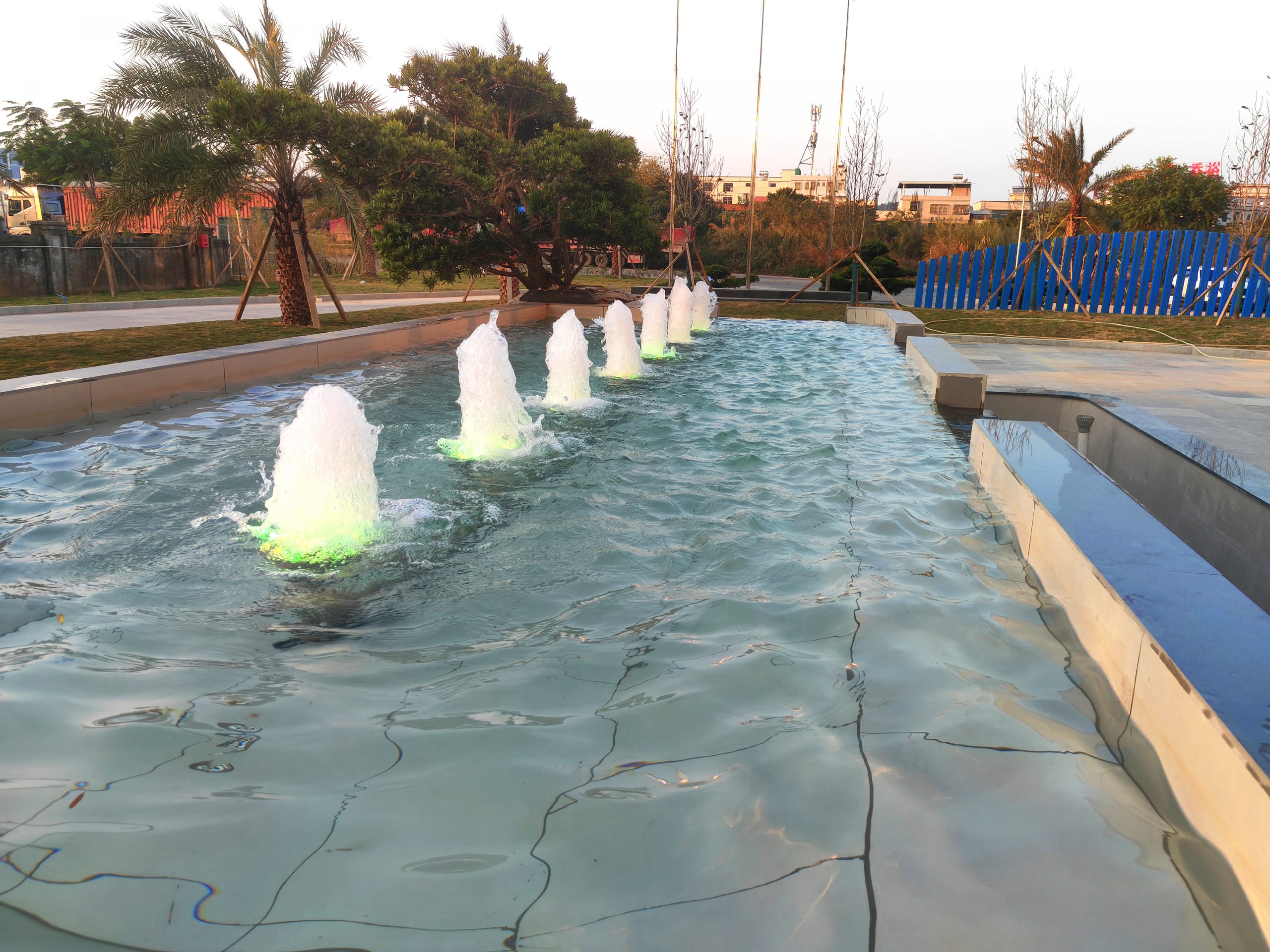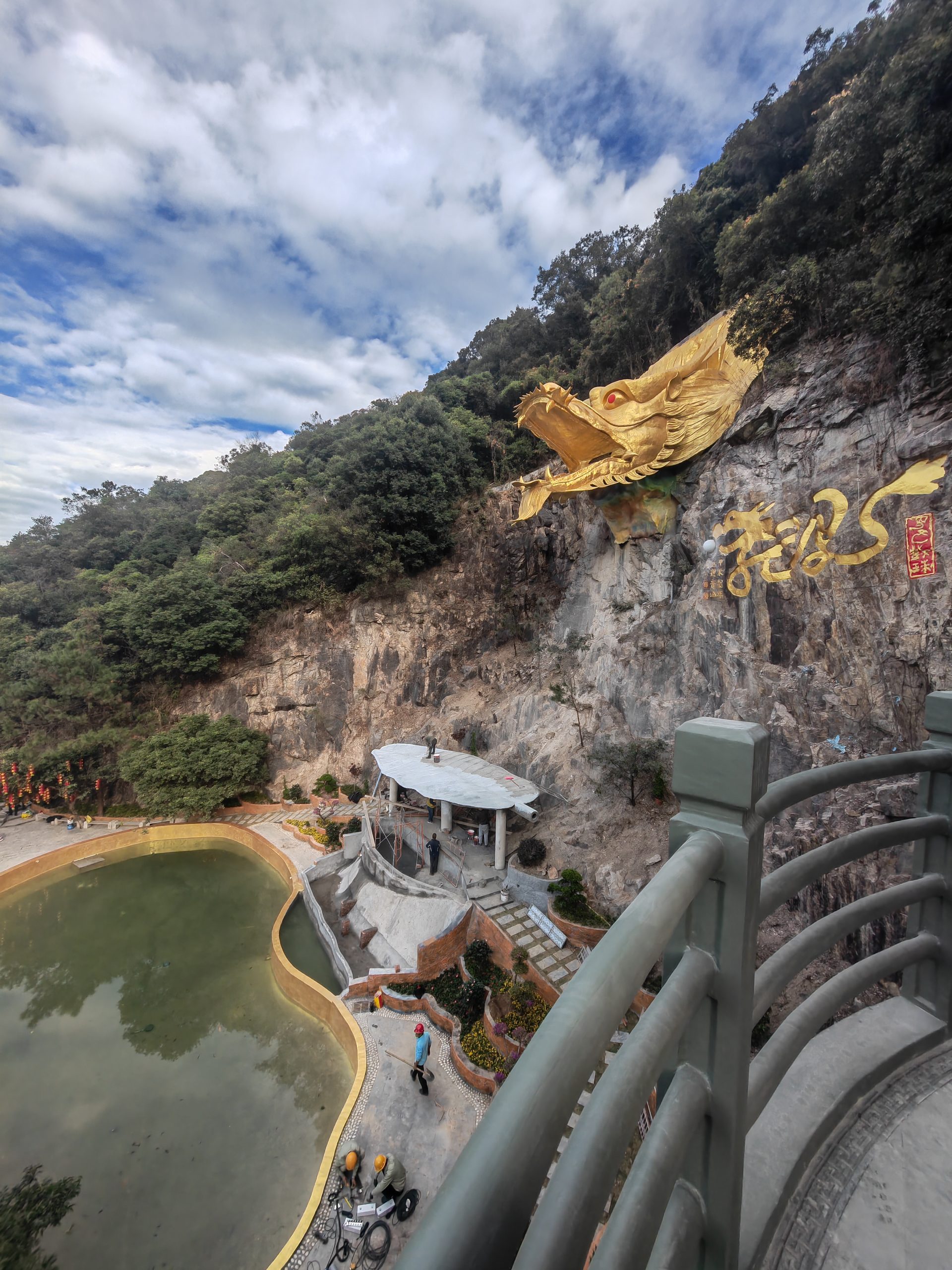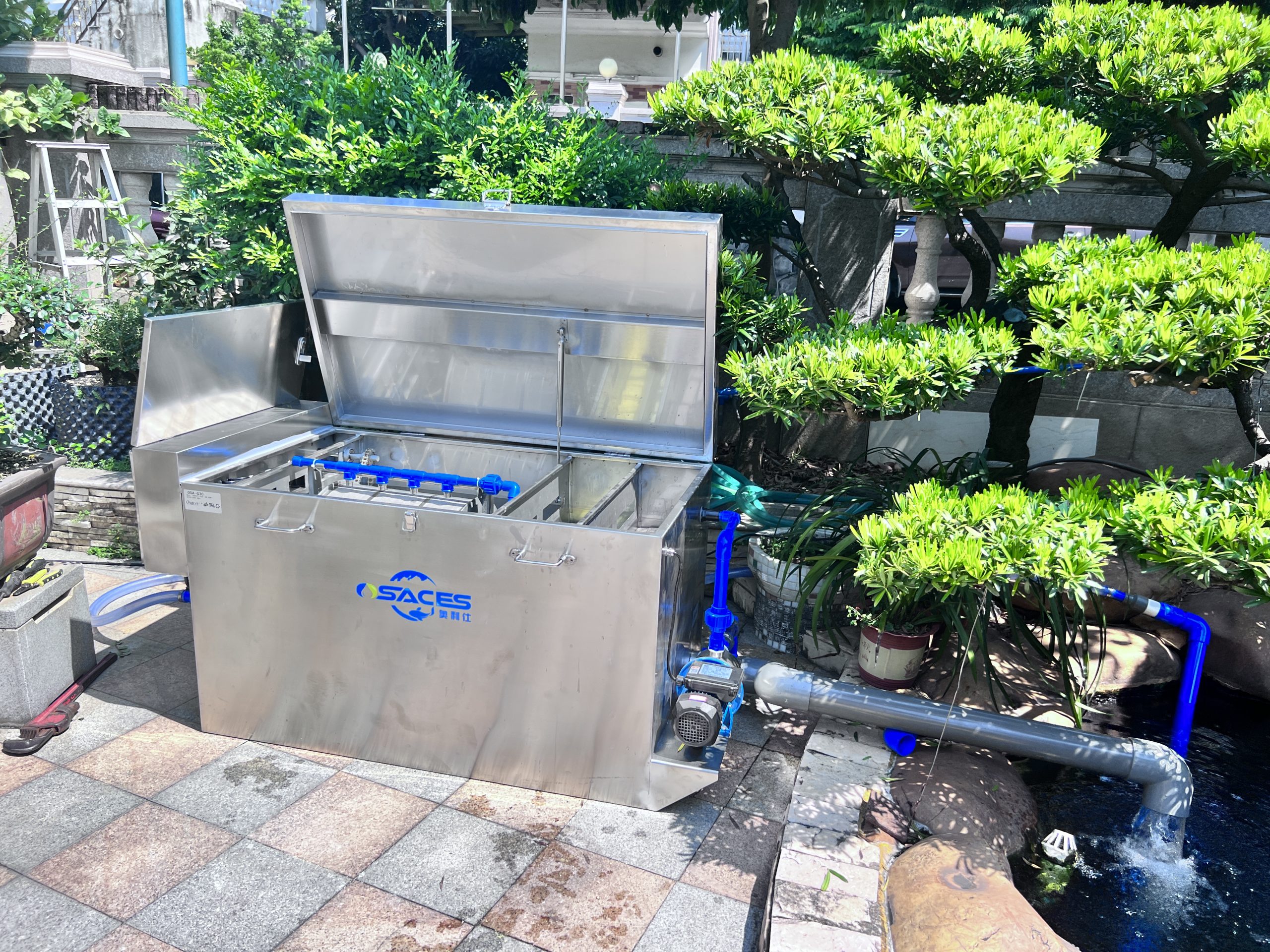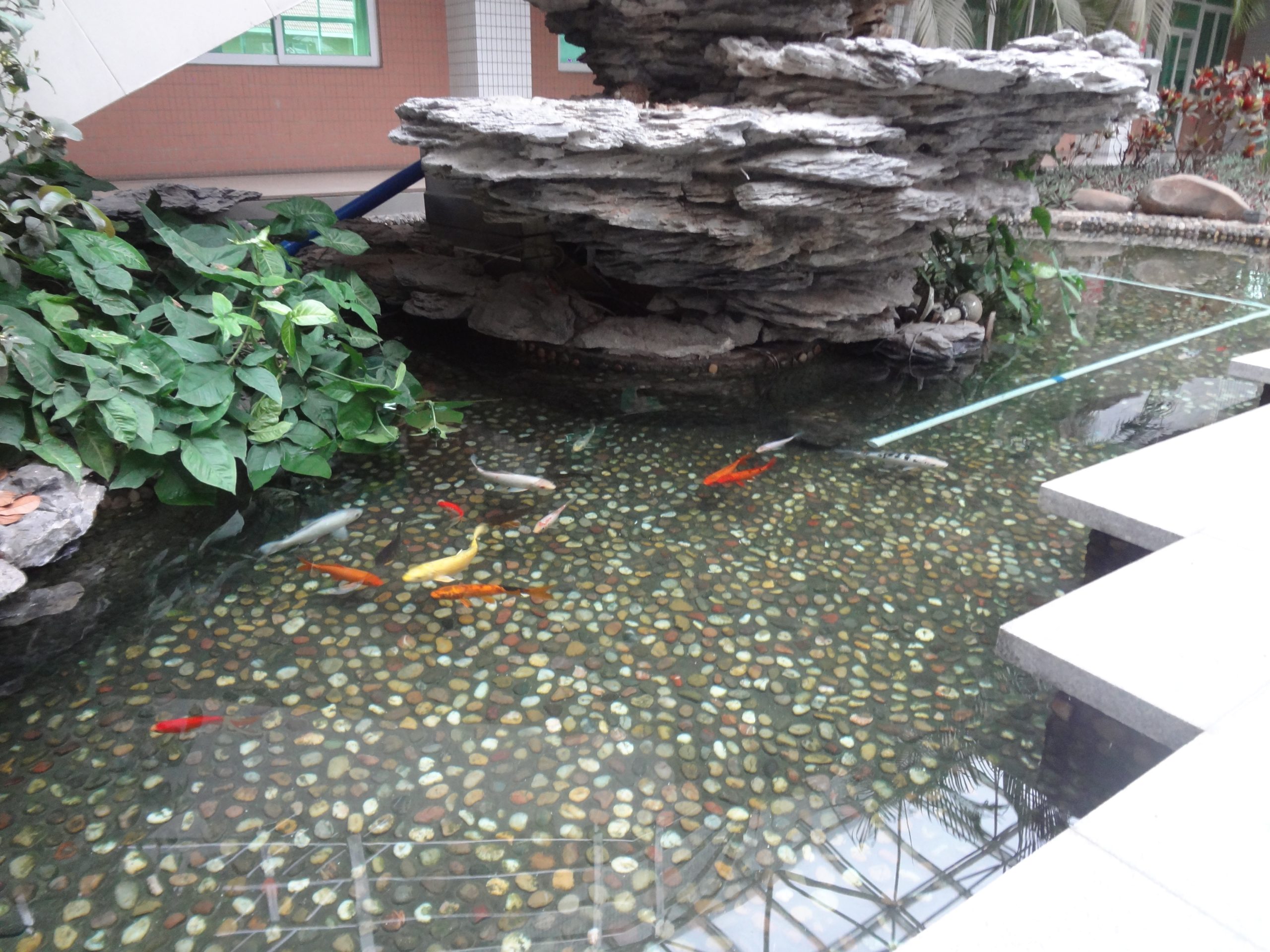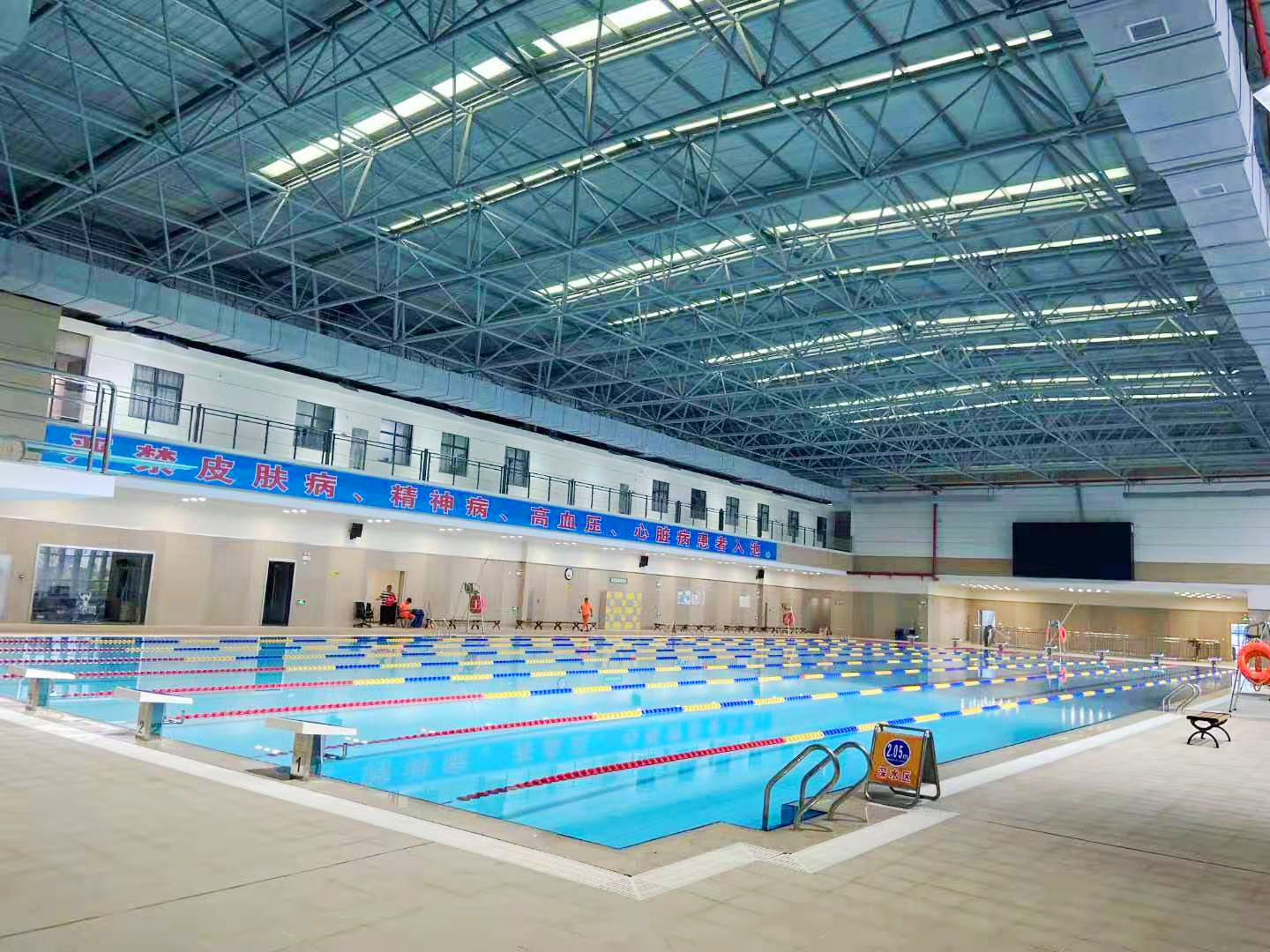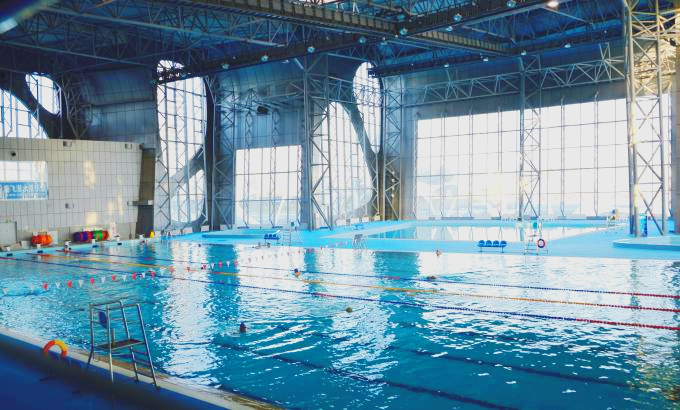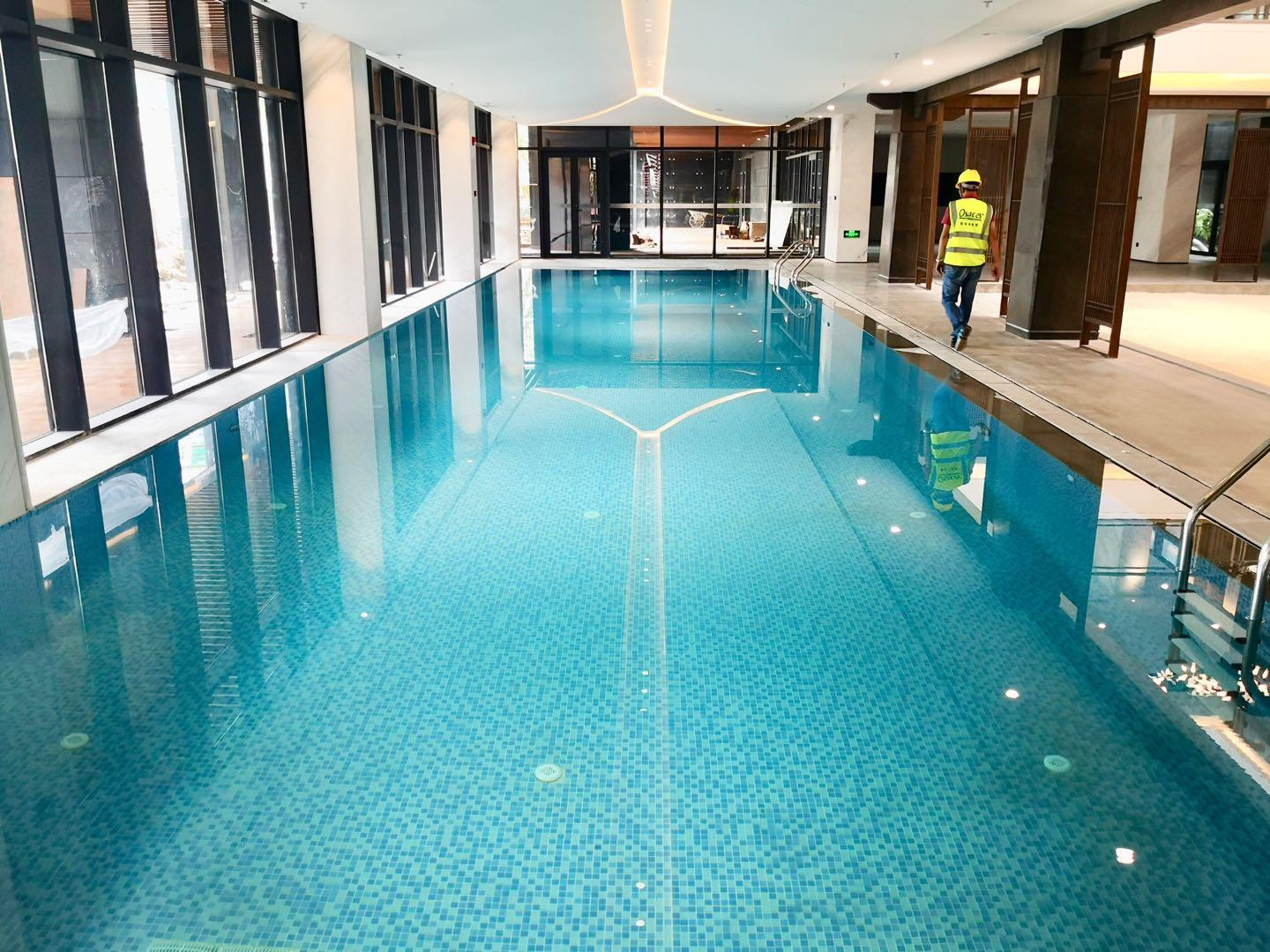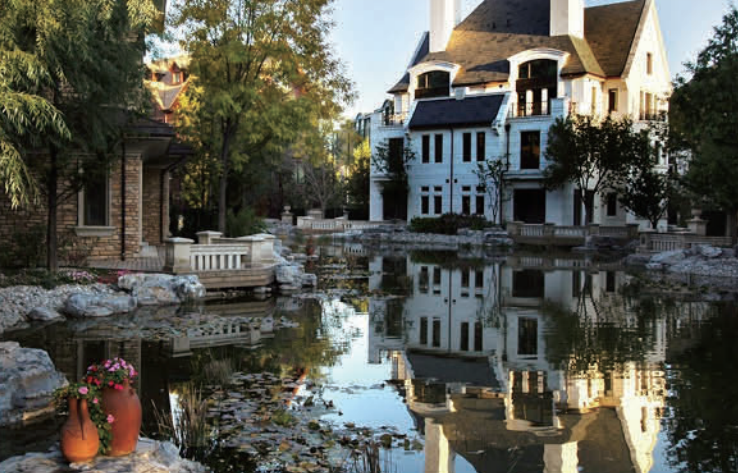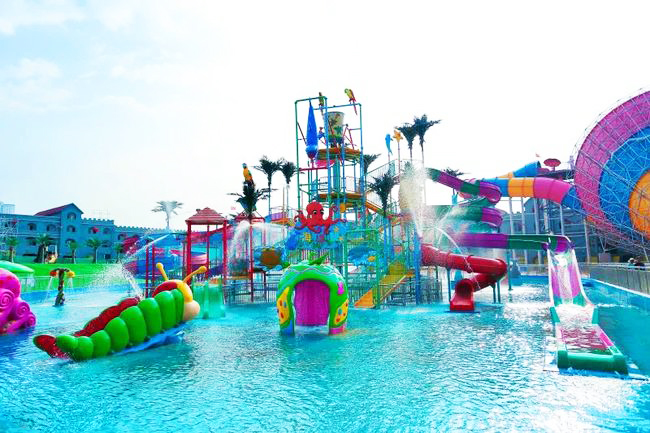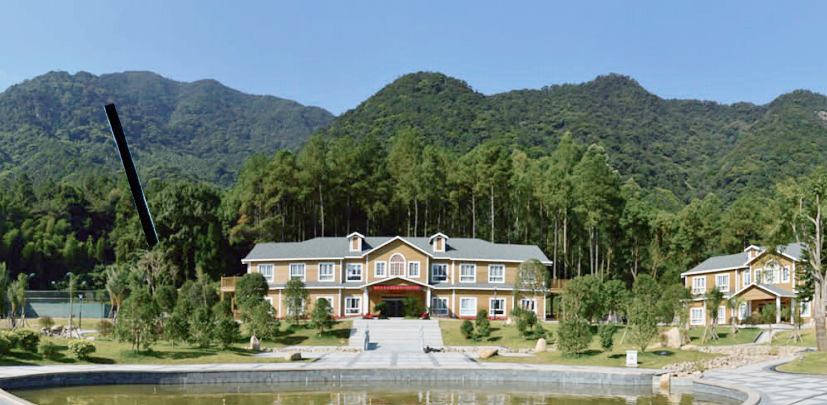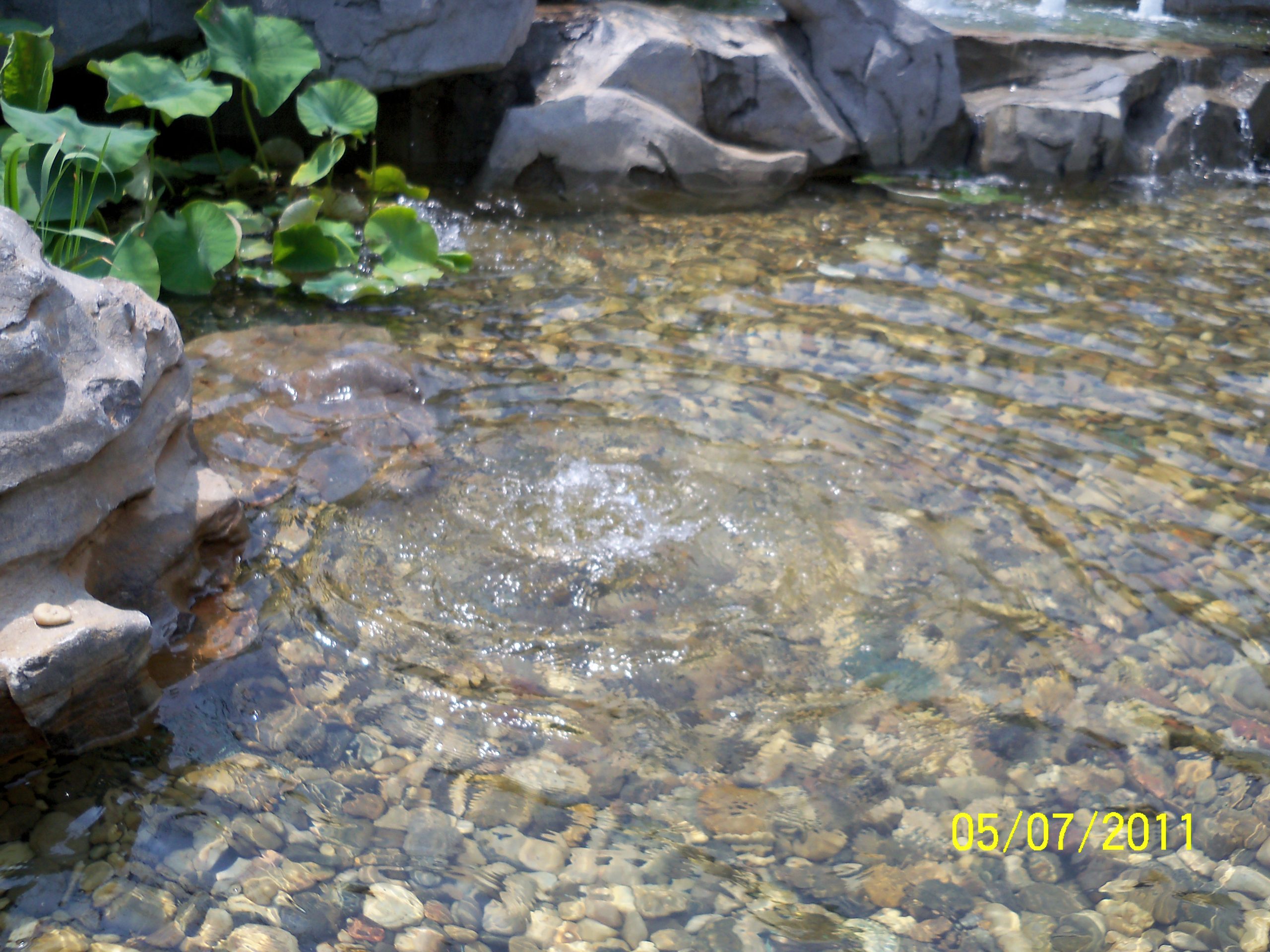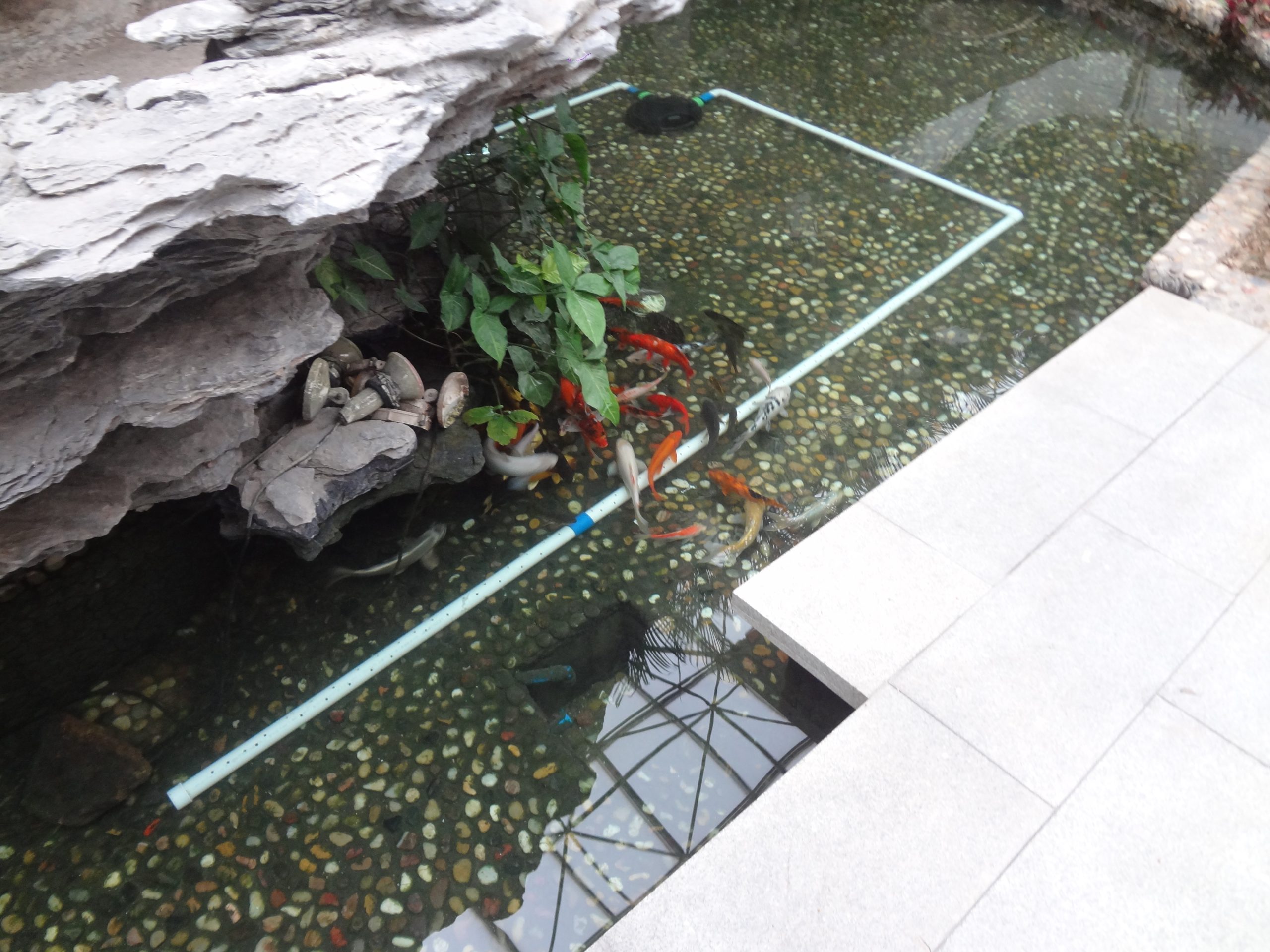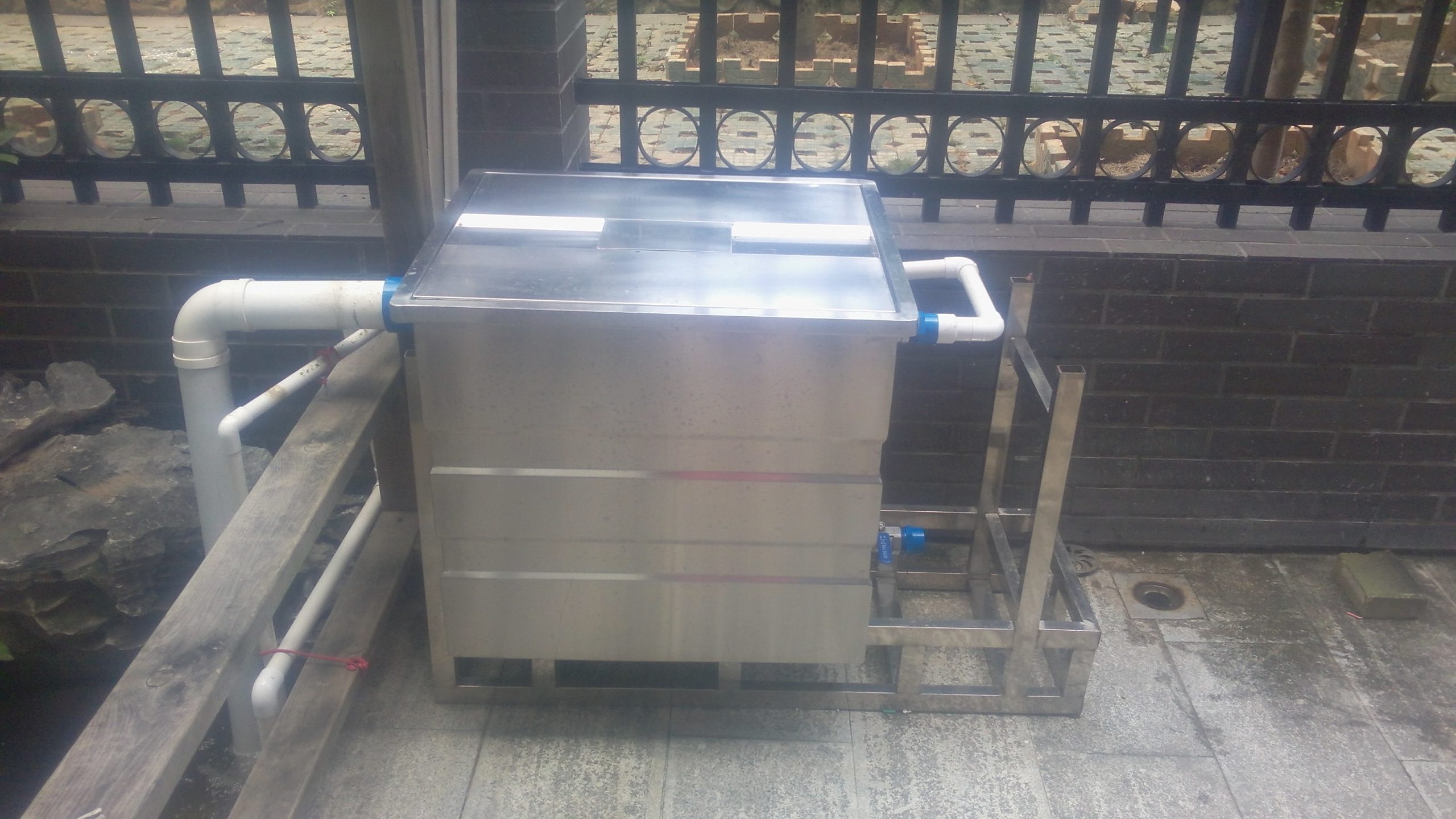News Center
contact details
 Ollies (Guangzhou) Recreation and Sports Equipment Co.
Ollies (Guangzhou) Recreation and Sports Equipment Co.Tel: (020) 82686289
Fax: 020-82694853
Headquarter: No.31-37, Xincun 2 Road, Shangjiang North Street, Dongzhou Village, Xintang Town, Zengcheng City, Guangzhou, Guangdong, China
The most common circulation methods for swimming pools - downflow, counterflow
Swimming pools are most commonly used in two types of circulation, a downstream type, a countercurrent type, because the two ways have different technical characteristics, so in the actual project, must be combined with the use of swimming pools, to make the right choice, do not copy the rigid.
Downstream using pool walls on both sides of the pool into the water, the deep end of the pool back to the water circulation, the specific approach is: on both sides of the pool wall directly under each lane line in the center of the pool wall set up inlet, in the bottom of the deepest end of the pool set up a number of back to the mouth, the number of inlet is the number of lanes line 2 times the number of back to the mouth of the number of lanes line is equal to the number of swim lanes. Downstream type is actually a simulation of the natural river movement, the realization of the treated water to promote the use of water (i.e., new water to push the old water) into the water treatment equipment, thus avoiding the mixing of new water and old water. Advantages of downstream: ① simple pipeline arrangement, without the need to set up balance tanks and other redundant equipment, low management and maintenance difficulties, investment costs; ② do not need to additionally increase the amount of recycled water, water treatment system efficiency, operating costs; ③ overflow ditch overflow is not reused, the surface of the pool water can be discharged through the pool bank floatation overflow ditch swimming pools, fundamentally eliminating the secondary source of pollution. The main disadvantage of using downstream type is that due to the number of inlet and outlet less, the overall water quality of the pool (water temperature, residual chlorine, turbidity) is not as uniform as the countercurrent type;

Countercurrent use of the bottom of the pool into the water, the pool bank overflow back to the water cycle, the specific approach is in the bottom of the pool on the projection line of each lane line, set up every 3 meters of a water distribution port, while setting up an overflow ditch on both sides of the swimming pool, which in fact is to take the upward shift of the water distribution, that is, from the bottom of the pool into the water to the surface of the water to promote the final overflow tank by the pool bank to return to the water treatment plant room. Advantages of downstream: ① pool overall water quality (water temperature, chlorine, turbidity) more uniform than downstream; ② pool side of the water surface of the floating debris can be collected by the pool bank overflow tank back to the water treatment system. The disadvantages of downstream type: ① pipeline arrangement is very complex, the need to set up a balanced tank and other ancillary equipment, management and maintenance workload, investment costs than the downstream type of much larger; ② pool side of the water without the use of the overflow tank through the pool bank to return to the water treatment plant room (the formation of a short-flow), and the pool center of water must be a few cycles to return to the water treatment plant room in the case of a surge in the number of swimmers, the increase in pool pollution, the efficiency of water treatment is much lower than the downstream type of water treatment system. Water treatment efficiency is much lower than the downstream type; ③ swimmers often take the overflow tank as a spittoon tank, cleaning up is very difficult, the secondary pollution of the pool water is very serious;

Comprehensive downstream and countercurrent advantages and disadvantages, the following conclusions can be drawn: ① the number of users, high-grade star-rated hotels, high-grade clubs and Olympic venues, due to the use of fewer people, less pollution sources of pool water, while the user of the pool overall water quality uniformity requirements are high, and therefore it is appropriate to use countercurrent circulation, ② the number of swimmers, open to the public of social swimming pools, due to the number of users, pool water The number of swimmers, open to the public social swimming pool, due to the number of users, pool water pollution is large, the goal of the water treatment system is to quickly reduce the overall swimming pool in a cycle of pollution, it is appropriate to use downstream circulation.

Related content
- Don't let rotting tails affect the koi's aesthetics
- What kind of water is good for fish? Talking more about green water for fish
- What to do if the water in your fish pond is unclear? How to keep the water fresh and clear
- Are you ready for the golden age of koi growth?
- What causes new koi to get sick easily?
- Case Sharing--Foshan Shunfeng Mountain Park 3600 square meters landscape pool purification project
- Case Sharing||Huizhou-- Intelligent Terminal Beidou Industry Production Project Fountain Fish Pond Purification Project
- Guangdong Guanyinshan National Forest Park 300m³ landscape fish pond purification project

